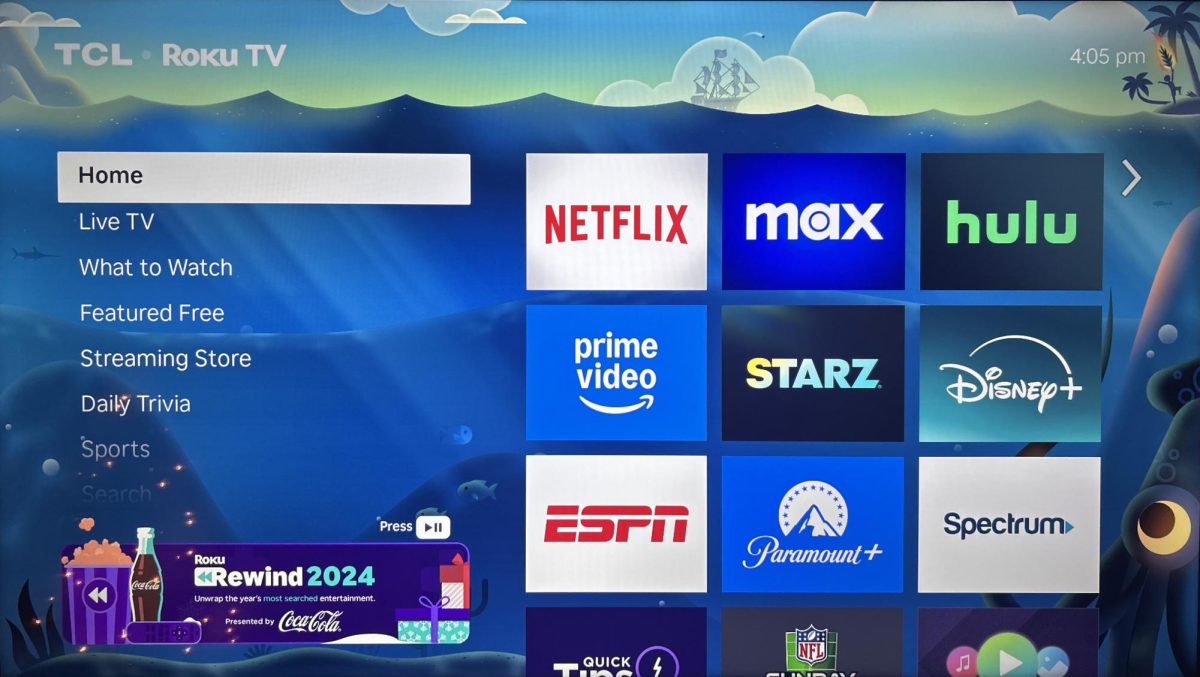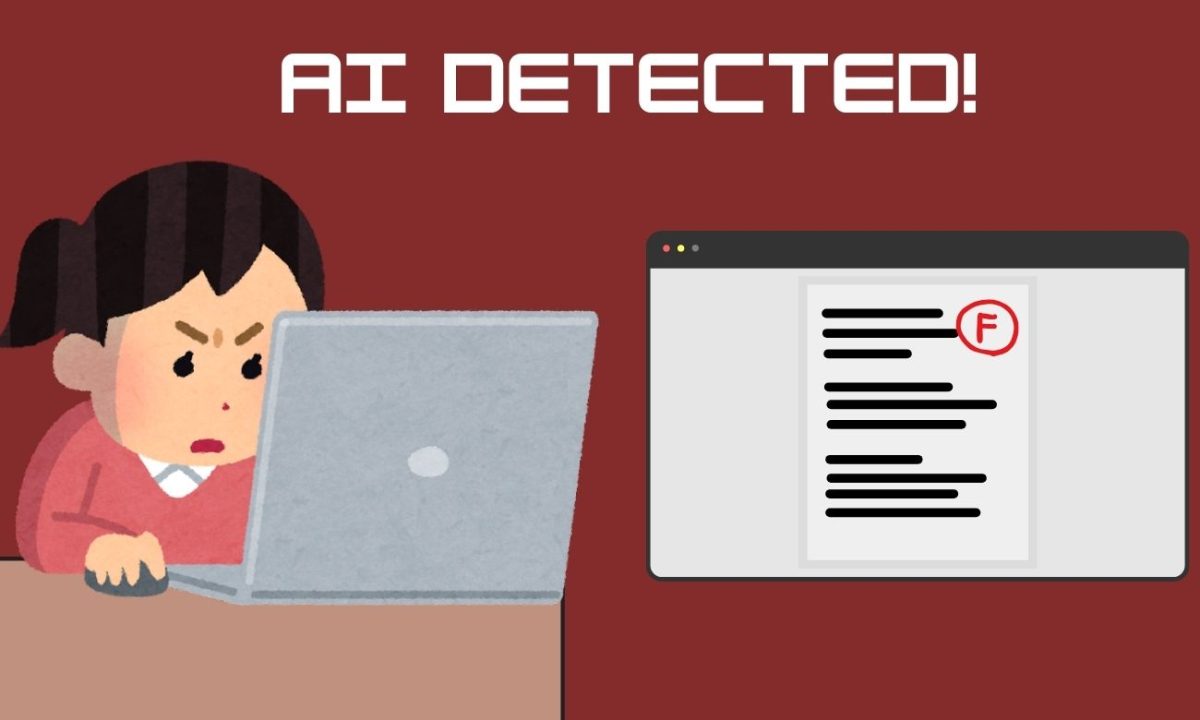
Despite consistent social activism and progress, the binary of gender identity proves to be one of America’s most inappropriately ingrained conventions. We simply cannot break away from the limitations of male and female.
Let’s say students are registering for classes at Chico State.
They are asked for their name. Pretty straightforward.
Their address. Easy enough.
Age. Got it.
Ethnicity. There are always plenty of options to choose from. But if those don’t work, they can check the box next to “other.” Problem solved.
Which brings them to registering their gender. There are two boxes: male and female.
But what if they don’t identify with either? Gender is not a strict dichotomy but a lengthy spectrum that encapsulates countless identities, all overlapping and unique to each individual.
So why are transgender students expected to force themselves into choosing one side or the other on official documentation? This kind of institutionalized gender identification can lead to discomfort in the classroom, especially after students have to go through the embarrassing process of informing instructors of their preferred name and signifying pronoun in front of all their peers.
In addition to day-to-day anxiety, transgender individuals are 41 percent more likely to attempt suicide, and even more likely when experiencing mistreatment or assault.
Transgender students go through enough as it is. So why doesn’t their university offer methods to help avoid the troubles that come with gender registration and make the process more comfortable for them?
Policies and practices can be easily adjusted to make the campus more accommodating for these students struggling with the binary of gender identity.
Recently, the University of Vermont began offering “neutral” as a third option for students whose gender identity is something other than the outdated male or female dichotomy.
These students also have the option of choosing a preferred name and pronoun that is added to the role sheet in all their classes so instructors do not make the mistake of inaccurate identification. Establishing a preferred name can also prevent confusion from other students during group activities, projects or simple social interaction.
Chico State can do the same, and it absolutely should. It is a small gesture to provide specific registration options to transgender students, but it would go a long way.
To begin, allow students the “neutral” option for gender and their preferred name and pronoun (they, sir, etc.). This kind of change is a necessary starting point for colleges to expand resources such as transgender bathrooms and even housing options.
Ensuring that students feel safe and welcomed should be Chico State’s primary goal, and these adjustments to how transgender students are registered could be an effective first step.
Chico State and other universities have the opportunity to make significant strides in improving how transgender students are accommodated within our institutions.
It’s time to begin creating a comfortable and welcoming environment for transgender students in our community by adopting these registration options for students that fall anywhere on the gender spectrum.
Dylan de Wit can be reached at [email protected] or @DylanTdeWit on Twitter.








